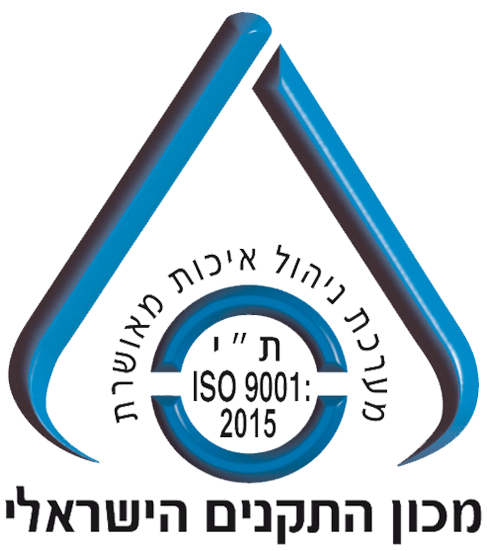Anisotropic Magnetoresistance (AMR) /Giant magnetoresistance (GMR) is a quantum mechanical effect, a type of magnetoresistance effect, observed in thin film structures composed of alternating ferromagnetic and nonmagnetic metal layers. The effect manifests itself as a significant decrease in electrical resistance in the presence of a magnetic field. In the absence of an applied magnetic field the direction of magnetization of adjacent ferromagnetic layers is antiparallel due to a weak anti-ferromagnetic coupling between layers, and it decreases to a lower level of resistance when the magnetization of the adjacent layers align due to an applied external field. The spins of the electrons of the nonmagnetic metal align parallel or antiparallel with an applied magnetic field in equal numbers, and therefore suffer less magnetic scattering when the magnetizations of the ferromagnetic layers are parallel. |
| Magnetic Tunneling Junctions (MTJ): This is the most recent addition to the MR technology, which has been getting much attention lately. In MTJ devices, the conductive Cu layer used for spin valve structures has been replaced by a very thin barrier layer of Al2O3 or MgO. The resistance to a current flowing perpendicularly to the surface is lowest when the magnetization of the two soft layers is parallel to each other and highest when the magnetization points in opposite directions (anti-parallel). Tunneling Magneto Resistive (TMR) ratios of more than 300% have been demonstrated. A simple, non-optimized example of a MTJ element with a MR ratio of about 50%. |
Spin valve is a device consisting of two or more conducting magnetic materials, that alternates its electrical resistance (from low to high or high to low) depending on the alignment of the magnetic layers, in order to exploit the Giant Magnetoresistive effect. The magnetic layers of the device align "up" or "down" depending on an external magnetic field. Layers are made of two materials with different hysteresis curves so one layer ("soft" layer) changes polarity while the other ("hard" layer) keeps its polarity. In the figures below, the top layer is soft and the bottom layer is hard. |
| for more Please click |




